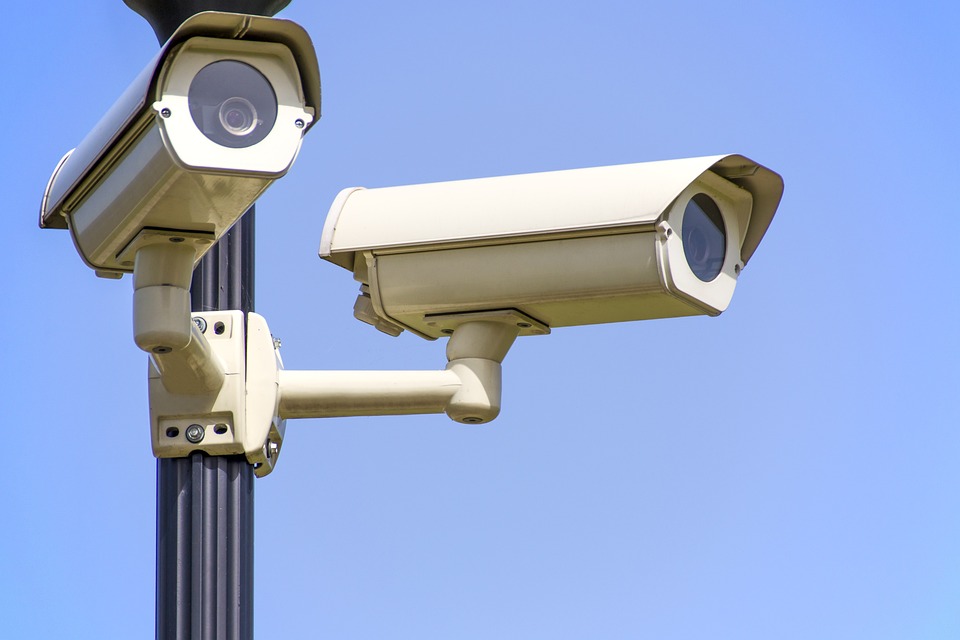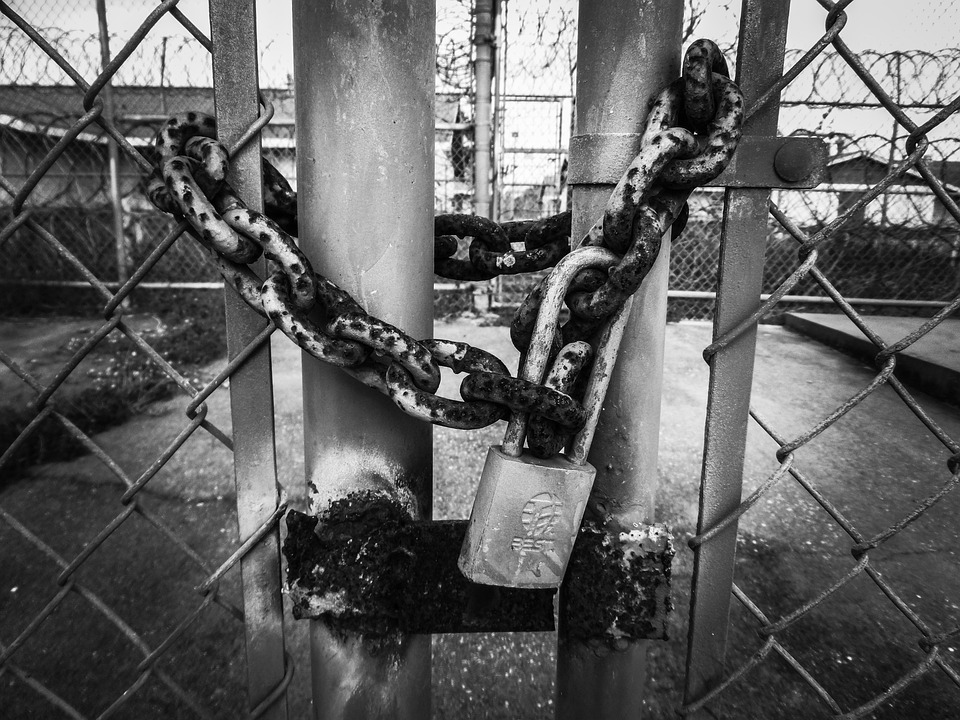As technology advances, so do the threats to your computer. With the rise of cybercrime, it’s more important than ever to secure your new PC. Whether you’re a novice or an experienced user, this guide will help you protect your computer from malicious attacks.
1. Install Antivirus Software
The first step to protecting your computer is to install antivirus software. Antivirus software will scan your computer for malicious software and alert you if it finds any. It’s important to keep your antivirus software up to date, as new threats are constantly emerging.
2. Use a Firewall
A firewall is a security system that monitors incoming and outgoing network traffic. It can help protect your computer from malicious attacks by blocking suspicious traffic. Most operating systems come with a built-in firewall, but you may want to consider a third-party firewall for added protection.
3. Enable Automatic Updates
Software updates are important for keeping your computer secure. Many operating systems have an option to enable automatic updates, which will ensure that your computer is always up to date with the latest security patches.
4. Use Strong Passwords
Using strong passwords is one of the most important steps you can take to protect your computer. Make sure to use a combination of upper and lowercase letters, numbers, and symbols. Avoid using common words or phrases, and never use the same password for multiple accounts.
5. Back Up Your Data
Backing up your data is essential in case of a system crash or other disaster. You can back up your data to an external hard drive or cloud storage service. Make sure to back up your data regularly to ensure that you don’t lose any important files.
By following these steps, you can help protect your new PC from malicious attacks. Remember to keep your antivirus software up to date, use a firewall, enable automatic updates, use strong passwords, and back up your data. With these steps, you can help keep your computer secure and your data safe.























